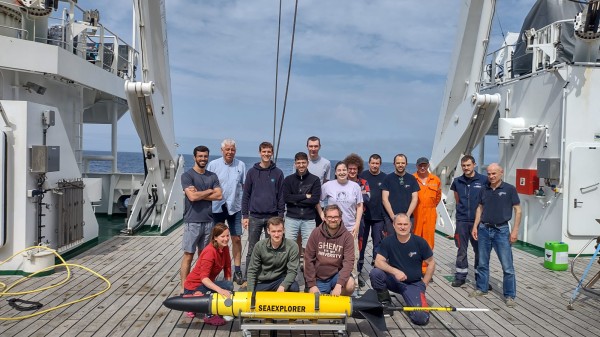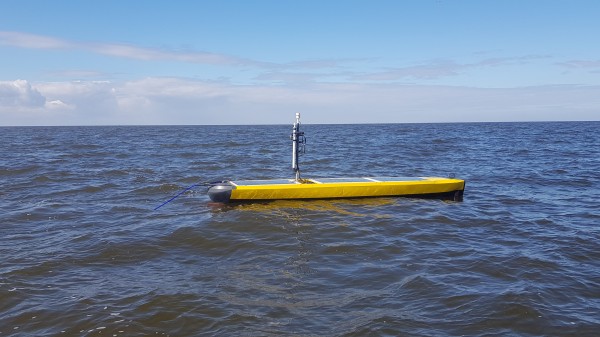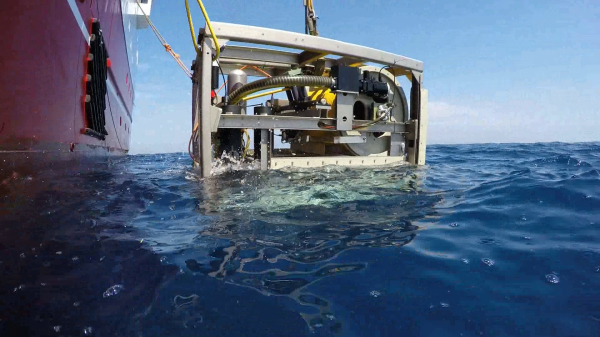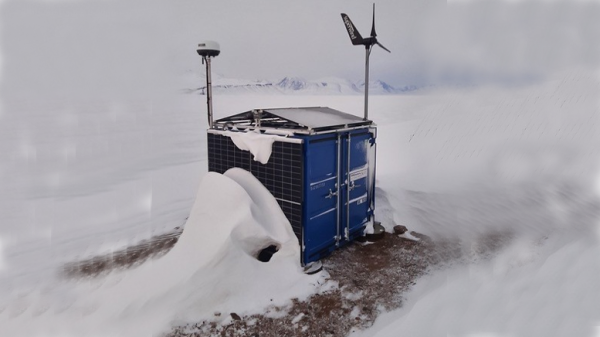Marine Robotics Centre
The VLIZ Marine Robotics Centre (MRC) pioneers in Marine Autonomous Systems (MAS) in order to enable comprehensive observations in remote, harsh, and vast environments within our world’s oceans and seas. In doing so, the MRC wants to fill important data gaps to advance our scientific knowledge and solve pressing marine and climate-related research questions. Furthermore, the MRC addresses specific technological innovation challenges that also have societal spillover towards the Blue Economy.
The MRC disposes of a state-of-the-art Marine Robotics Lab that is housed in the Marine Station Ostend. The centre manages a number of robotic platforms, which are the disposal of the marine research and innovation community. As such, the MRC also actively participates in a number of marine research and innovation projects, as well as in transnational access programs for marine research infrastructure.
For more information about the marine robotic platforms: mrc@vliz.be





